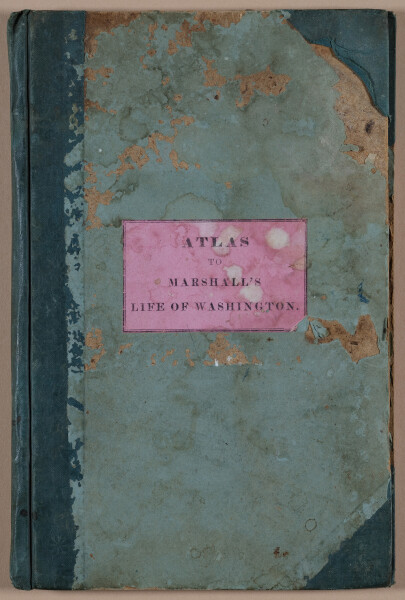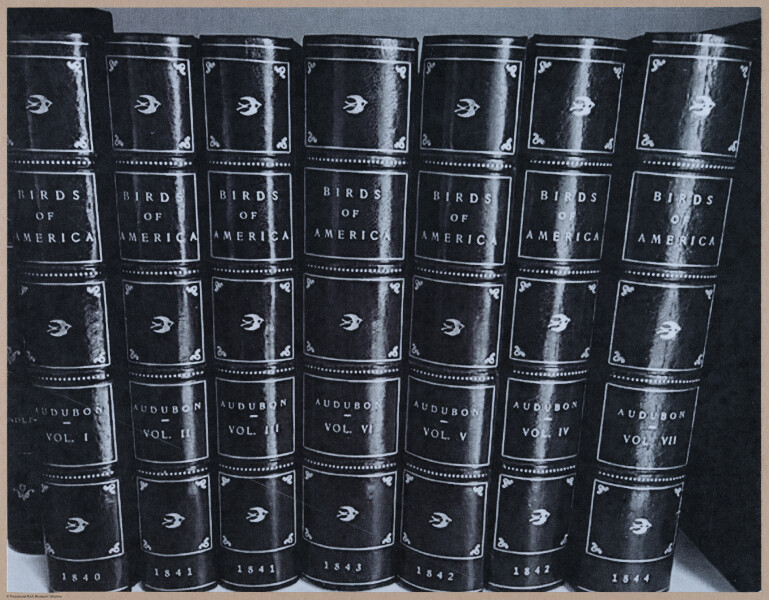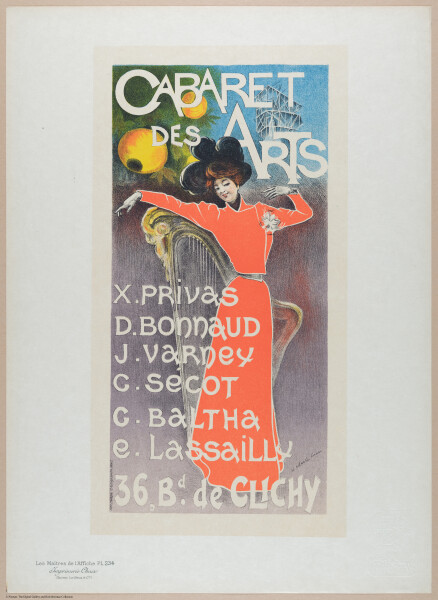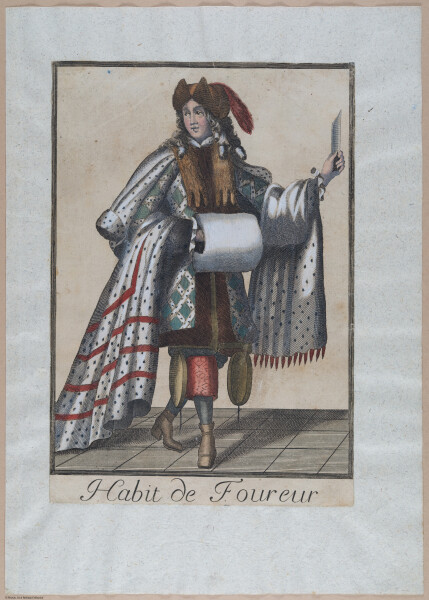Pixeum: the digital gallery
of maps, art, science and history
We help you:
- Digitize, curate and share your intricate and beautiful images
- Explore and engage with images across the span of history
- Learn about images with other passionate explorers
On Pixeum, you’ll find images generously donated from all sorts of collections, digitized for you to access. To create your own exhibit, email tom@pixeum.org.








Atlas to Marshall's Life of Washington
5/11/24 - shared by Ron Gibbs at Bay Area Map (BAM) Group meeting at Rothman residence. Ron has written two historical novels about George Washington around the time of the revolution. More info on Ron’s website here.An atlas made as a complement to the famous biography of George Washington, written by Supreme Court Justice John Marshall. From the collection of Jane and Ron Gibbs.From Wikipedia: John Marshall (September 24, 1755 – July 6, 1835) was an American politician and lawyer who served as the fourth chief justice of the United States from 1801 until his death in 1835. Marshall remains the longest-serving chief justice and fourth-longest serving justice in Supreme Court history, and he is widely regarded as one of the most influential justices to ever sit on the Supreme Court. Prior to joining the Supreme Court (and for one month simultaneous to his tenure as Chief Justice), Marshall served as the fourth United States Secretary of State under President John Adams.After his appointment to the Supreme Court, Marshall began working on a biography of George Washington. He did so at the request of his close friend, Associate Justice Bushrod Washington, who had inherited the papers of his uncle. Marshall's The Life of George Washington, the first biography about a U.S. president ever published, spanned five volumes and just under one thousand pages. The first two volumes, published in 1803, were poorly-received and seen by many as an attack on the Democratic-Republican Party.[119] Nonetheless, historians have often praised the accuracy and well-reasoned judgments of Marshall's biography, while noting his frequent paraphrases of published sources such as William Gordon's 1801 history of the Revolution and the British Annual Register.[120] After completing the revision to his biography of Washington, Marshall prepared an abridgment. In 1833 he wrote, "I have at length completed an abridgment of the Life of Washington for the use of schools. I have endeavored to compress it as much as possible. ... After striking out every thing which in my judgment could be properly excluded the volume will contain at least 400 pages."[121] The Abridgment was not published until 1838, three years after Marshall died.[122]Keywords: RonGibbs
OPEN EXHIBITAudubon Birds - Rich Breiman Collection - Curated by Katharine Griswold
April 2024 - From the collection of Rich Breiman. (shot 2023-07-29)John James "JJ" Audubon was a French-American artist and naturalist, most known for his work in ornithology, published in various editions of “Birds of America.” Born in Haiti, raised in France, Audubon spent his childhood fascinated with birds, and once he headed to the states at 18, his interests only grew. His father had given him an estate in Pennsylvania, where he began a series of drawings of American birds: he would observe the birds’ habitat and behavior, then would shoot and hang it and draw it as close to life as possible. He was never too concerned with making money, remarking in his diary: “birds were birds then as now, and my thoughts were ever and anon thinking toward them as the objects of my greatest delight. I shot, I drew, I looked on nature only; my days were happy beyond human conception, and beyond this I really cared not.” He abandoned or failed at most business ventures; he and his wife spent their young adulthood in poverty, and Audubon even spent some time in debtor prison. He began to spend months at a time in the woods, hunting, drawing, and writing biographies. With a large collection, but just a fraction of what he would come to produce, Audubon sailed to England in search of a friendlier market for his work. His American bird series sold well, and he was able to find a printer for his work in London, as well as a collaborator in William MacGillivray, an ornithologist who assisted him in the descriptions of each bird. Audubon’s work was becoming pretty popular, but the huge folios he was producing were not accessible to everyone. The octavo edition, which is a smaller edition that was meant to be more accessible, was produced in Philadelphia beginning in 1840. Most of the prints in this collection are from the first two editions of the octavo “Birds of America.” In his work, Audubon made use of his extensive research, and of his from-life models. The majority of his images are exactly true to life, with every feather and limb being placed meticulously. To recount his process, he would use wire to pose the birds in positions that would have been the most natural in the wild, while also considering what parts of the bird should be visible to the viewer. There is an obvious compositional effort in the pieces, as well: no bird is alone on the canvas, and while some are more intricate than others, Audubon does his best to place each bird within a fitting habitat. Whether these scenes are real or imagined is indeterminate―it’s probably a bit of both.Audubon’s legacy is fairly complicated for a number of reasons. While he was not the first to do what he did, not even in America, he was the most influential by far. Often praised in his life for his artistic ability, Audubon’s works were beautiful and lifelike. He was respected enough as an ornithologist and natural historian that the Audubon Society, a non-profit that works towards the conservation and habitat preservation of endangered birds, was named after him. But there are also rumors of fraud and theft, for example, that he drew imaginary birds. It's true that there are some birds that he drew that are unidentified, some think that he drew hybrids or was forced to draw in some cases from memory, and some think this was more intentional. There is a controversy regarding his plate of the Bird of Washington, for example, which Audubon claimed to be a new species closely related to the bald eagle, but seems to be just a youngling of that species. This is a fascinating read, and it is linked below. He also in his field notes describes the taste of many of the species he records. In his hunting, it seems, he also killed many more birds than were necessary just for survival and for drawing. Most important to mention was his lifetime of opposition to the abolition movement. He produced writings against emancipation, and he himself bought enslaved people for his estate when he still owned it, and for his expeditions before setting off to England. Despite the importance of his art, and the good that has come from his legacy, it is important to recognize that the man behind them was imperfect, to say the least. For more information:The Myth of John James AudubonJohn James Audubon(Audubon Society)John James Audubon(Britannica)Five Mystery Birds Among Audubon's PaintingsAudubon's Bird of Washington: unravelling the fraud that launched the Birds of AmericaAudubon and his JournalsAll About BirdsBirds of AmericaAudubon Society: Guide to North American BirdsAuthored by Katharine GriswoldKeyword: richbreiman
OPEN EXHIBITFrench Posters / Jules Cheret - Rich Breiman Collection - Curated by Gabrielle Ly
April 2024 - Born in 1836 to a family of artisans, Jules Cheret is known today as the father of modern lithography. His artistic influence began at an early age: his father was a typographer. Due to his family’s poverty, Cheret was apprenticed to a lithographer at the age of 13. He eventually invented color lithography as it exists today, transforming dull prints into veritable rainbows of color.Surprisingly, Cheret’s only formal art training was a single course at the Ecole Nationale de Dessin in Paris. He eventually moved to London, England to study photography and design from 1859 to 1866. His experience and exposure to further lithography techniques inspired him to establish his lithography firm in Paris in 1866. Eugene Rimmel, a perfume manufacturer, funded Cheret’s firm after hiring him to create packaging. Cheret imported the lithography machines from London as they did not exist in France yet.Cheret created his first poster in 1858, commissioned for the operetta Orpheus in the Underworld in London. At first, his posters only used three colors, made from three overlapping prints in the lithographic process. (He also influenced artists such as Henri de Toulous-Lautrec who used the same process of color lithography.)The artist was awarded the Legion of Honor by the French government in 1890 for his contributions to the arts. He designed over a thousand posters for different venues and performances. Cheret passed away at the age of 96 in 1932, having retired to the French Riviera in Nice, France.The term “Cherettes” was coined to describe how Cheret portrayed women in his posters. In contradiction to his time, he depicted women not as puritans or prostitutes but as lively and elegant, free and bold individuals. They appeared as individuals with their own lives and desires, making some call Cheret a pioneer in female liberation.Over time, his style evolved. With “Cherettes” taking the center focus, his compositions became more dynamic and typography-heavy. His posters, influenced by Rococo painters and Japanese woodblock prints, featured simplified backgrounds, flanked by glowing colors and textures. His work elevated lithography to an art form and became popular as it portrayed the gaiety of the time.VOICE NOTE TRANSCRIPT:Jules Cheret, 1836 to 1932, was the pioneer of color lithography and invented a new way of printing color.He started his artistic journey at 13 as an apprentice to a lithographer. Surprisingly, he barely had any formal art training, having taken only one formal course at the Ecole Nationale de Dessin in Paris. He moved to London to study photography and design from 1859 to 1866, later moving back to Paris to open his own firm. His firm was originally funded by a perfume manufacturer who loved Cheret’s design. Cheret imported his lithography machines from London as they did not exist in France at the time. He was known for his poster designs and prints, often printing his and other artists’ works at his print shop Imprimere Chaix in Paris during the Belle Epoque era. This generation of artists ushered in a more colorful period in printed works. He released a collection of 250 prints called the Les Maitres de l'Affiche. keyword: richbreiman
OPEN EXHIBITLarmessin Whimsical Costumes of Professions - Rich Breiman Collection - Curated by Gabrielle Ly
April 2024 - To view voice note transcript, scroll to the bottom. Gabrielle's text:Nicolas de Larmessin I (1632-1694) was a printmaker, known for his portraiture. Apprenticed to Jean Mathieu in 1647, de Larmessin later married the daughter of publisher Pierre Bertrand in 1654 and took over his stock in 1678. Bertrand published many of Larmessin’s works.His collection “Grotesque Costumes,” also known as Habits des meters et professions or Les costumes grotesques et les metiers, features tradesmen and tradeswomen with the wardrobe and tools of their craft. Portraying each tradesperson in the standard costume stance of the time, Larmessin’s portrait combines the influence of ballet costumes, portraying them in a fanciful documentary style. Though the costumes were first created by de Larmessin, his brother or son Nicholas de Larmessin II expanded on this idea of portraying the trades and added thirty-two plates to the collection. To have the full collection of roughly one hundred designs in one place is quite rare.These prints are “productively positioned between the fantastic and lived experience” (Pullins). Created by a tradesman like Larmessin, the portraits ought to be seen in reference to his time (representing trades, fashions, and culture of the time) and referring to the art world. The portraits walk a fine line, in tension between two opposing worlds. To the viewer, this collection deals with familiar materials of French life, though framed like an ethnography print. It lends a fantastical lens to the domestic, changing one’s preexisting perspective.Sources: https://www.britishmuseum.org/collection/term/BIOG34865https://www.martayanlan.com/pages/books/5488/nicolas-de-larmessin/les-costumes-grotesques-et-les-metiers-habits-des-metiers-et-professions?soldItem=truePrint of Louis XIV from https://blog.nationalmuseum.ch/en/2023/01/the-dancing-sun-king/ David Pullins, Techniques of the Body: Viewing the Arts and Métiers of France from the Workshop of Nicolas I and Nicolas II de Larmessin, Oxford Art Journal, Volume 37, Issue 2, June 2014, Pages 135–155, https://doi-org.stmarys-ca.idm.oclc.org/10.1093/oxartj/kcu005_____________________________________________________Katharine's TextNicolas I de Larmissin was a French engraver. Born in 1632, he produced a vast portfolio of work in his lifetime. Most of his work was portraiture, and was often in series: this exhibit features his costumes of professions. Absurdly impractical and opulent, these costumes draw attention to features of various professions in a playful and mocking way. Intricate details give insights into the professions depicted, yet there is an obviously exaggerated aspect of the pieces. Sources: British Museum, Fashion History_____________________________________________________Nicolas de Larmessin was a French engraver born in Paris in 1632. He came from a family of famous generational engravers and printers who worked in the 17th and 18th centuries. Nicolas de Larmessin is known for creating etched pictures of various artisans and skilled laborers. His work, characterized by attention to detail, is part of a series of satires and grotesques of the professions from the 1700s. Little is known about his life, but he is recognized for engraving a number of portraits. He was the elder brother of Nicolas de Larmessin II, who was also a French artist. The goal of Nicolas de Larmessin's artwork depicting artisans and skilled laborers is not fully documented.Source: Perplexity.aiVOICE NOTE TRANSCRIPT:Nicolas de Larmessin I (1632-1694) was a printmaker, known for his portraiture and his works on the different trades. He began learning the trade while apprenticing to the engraver Jean Mathieu in 1647. In 1654, de Larmessin later married the daughter of print-publisher and print-seller Pierre Bertrand, and worked for his father-in-law, taking over his stock in 1678 at Bertrand’s death. His collection “Grotesque Costumes,” also known as Habits des meters et professions or Les costumes grotesques et les metiers, features tradesmen and tradeswomen with the wardrobe and tools of their craft. Though the costumes were first created by de Larmessin, his brother or son Nicholas de Larmessin II expanded on this idea of portraying the trades and added thirty-two plates to the collection. To have a complete collection of roughly one hundred designs in one place is quite rare. Keyword: richbreiman
OPEN EXHIBIT
